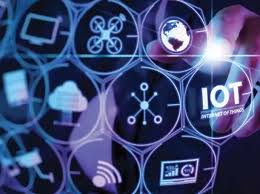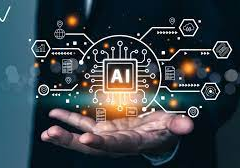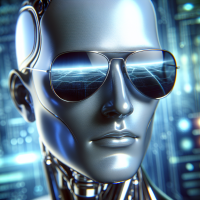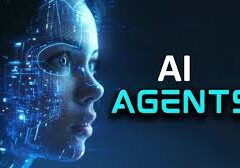Over the past few years, CX vendors have rapidly integrated generative AI (GenAI) across the customer experience landscape. This wave of innovation has brought advancements like auto-summarization, customer response recommendations, and intent analysis, especially within Contact Center as a Service (CCaaS) solutions. However, as these capabilities become standard, differentiation now hinges on more advanced AI solutions, orchestration of cross-platform workflows, and collection of industry-specific datasets. AI Agents and Industry-Focused Innovation.
Agentic AI, where bots autonomously handle tasks without human intervention, is emerging as a critical differentiator. This shift is reshaping sector-specific processes. Take network providers, for instance; they can leverage agentic AI to detect service outages, create affected customer segments, and proactively send alerts.
Salesforce exemplifies this trend with its Agentforce platform, which debuted at Dreamforce 2024, introducing 100 pre-configured, autonomous bots designed for specific industries. By 2025, such bots will likely proliferate, expanding across ecosystems like Workday to facilitate cross-functional automation.
Toward a More Autonomous Enterprise
As autonomous AI agents advance, they are poised to manage complex, multi-step workflows collaboratively. This move will help organizations move closer to an autonomous enterprise model, where human oversight drives the deployment, testing, and optimization of AI agents. In this model, collaboration platforms such as Microsoft Teams, Slack, and Zoom will serve as operational hubs for managing and refining AI-driven processes.
While this full vision may take longer to achieve, 2025 promises substantial advancements in sector-specific efficiencies through AI agents. Not all industries, however, are equally poised to benefit; while healthcare, financial services, and retail lead in AI-enabled CX solutions, other sectors such as hospitality, travel, and education still lag.
The Need for Sector-Specific Use Case Libraries
CX vendors could empower businesses by providing industry-specific AI use case libraries, building confidence in AI-agent-driven experiences. For example, bots in the finance sector could streamline billing, invoice processing, and ledger management, while spotting and correcting errors. Other industries would benefit from AI innovations tailored to their unique challenges, but such solutions will require co-innovation across CX platforms.
2025 Strategic Technology Trends
Gartner’s top technology trends for 2025 provide a framework for CIOs aiming to future-proof their organizations. These trends fall into three themes: AI imperatives, new computing frontiers, and human-machine synergy.
- AI Imperatives and Risks
- Agentic AI: Autonomous AI can independently plan and act, assisting or augmenting human tasks.
- AI Governance Platforms: Solutions to manage AI responsibly, addressing legal, ethical, and performance considerations.
- Disinformation Security: Technologies to combat fraud and protect brand integrity through advanced validation techniques.
- New Computing Frontiers
- Post-Quantum Cryptography: Future-proofing data against quantum computing decryption.
- Energy-Efficient Computing: Developing sustainable tech through energy-conscious designs and algorithms.
- Hybrid Computing: Combining compute, storage, and network resources for high-speed, transformative processes.
- Human-Machine Synergy
- Spatial Computing: Merging digital and physical experiences through augmented and virtual reality.
- Polyfunctional Robots: Robots that seamlessly transition between multiple tasks, boosting efficiency.
- Neurological Enhancement: Advancing cognitive abilities through brain-computer interfaces.
These trends will push organizations to adopt cloud, AI, and sustainability-focused architectures, despite challenges. As AI capabilities evolve, so will the risks, emphasizing the need for robust security and ethical frameworks.
Salesforce charges up its game with its Agentforce platform, which debuted at Dreamforce 2024, introducing 100 pre-configured, autonomous bots designed for specific industries. By 2025, such bots will likely proliferate, expanding across ecosystems like Workday to facilitate cross-functional automation.
Preparing for 2025: Upskilling for the Future
As organizations embrace these transformative trends, they must also address a persistent skill gap. Pluralsight’s recent survey reveals that 20% of organizations have deployed AI, while 55% are planning to. However, without strategic business alignment, technology adoption won’t necessarily translate to customer value.
For organizations, a focus on responsible innovation and proactive skills development in AI, cloud security, and sustainability will be vital. By preparing for these 2025 trends, businesses can navigate the complexities of the tech landscape and position themselves for long-term success.
AI Agents and Industry-Focused Innovation
As you prepare for 2025. Tectonic can help you align your goals with your road map. Contact us today!
🔔🔔 Follow us on LinkedIn 🔔🔔













